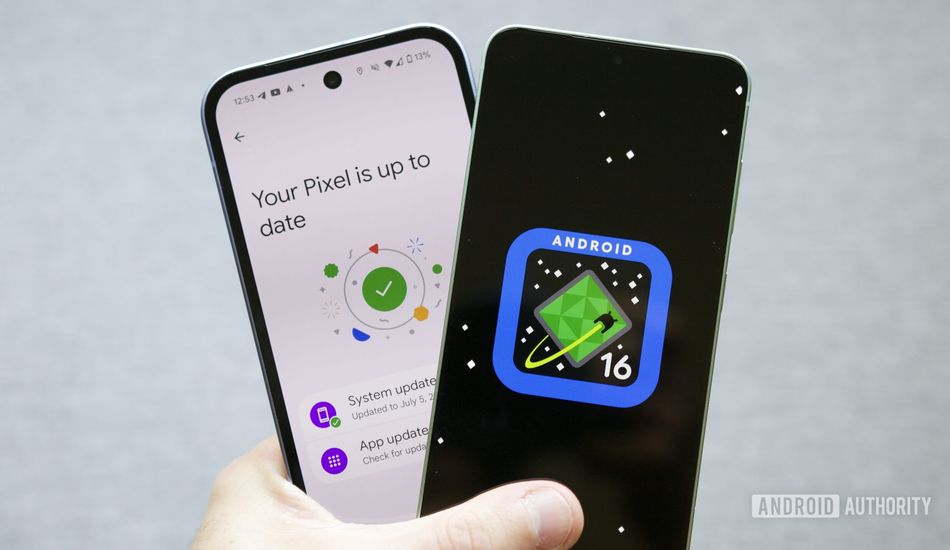
Android Updates are Changing Forever: Google and Samsung Lead the Way
As an Android enthusiast, I've always looked forward to those major OS upgrades. Even though the changes aren't as dramatic as they used to be, there's still something cool about getting fresh software. For years, we could count on Google to release a developer preview around February or March, followed by a public beta in the spring, and then the final version in late summer or early fall. It's been a reliable pattern, but it seems things are changing.
Google's approach to Android 16 signaled a shift, and now with reports that Samsung is also tweaking its One UI release schedule, it's clear that the way we experience Android updates is evolving. It all started in late 2024, when Google dropped the first Android 16 developer preview just two months after Android 15 was released. This was Google's way of speeding things up, aiming to have the public release ready for its new Pixel phones in late summer. The idea is that phones released earlier in the year wouldn't have to wait as long for the next big update. In July 2025, Google's plan worked: Android 16 arrived in June, way ahead of the October release we were used to. However, even with the version number jump, it didn't feel like a major upgrade.
For example, many of the exciting features, like Material 3 Expressive and the quick settings redesign, were actually part of Android 16 QPR1. So, upgrading from Android 16 to Android 16 QPR1 felt like a bigger deal than going from Android 15 to Android 16. To me, it feels like the timeline hasn't really changed; it's just become more staggered and confusing. We're still waiting about the same amount of time, but now we have to keep track of what's in Android 16 versus Android 16 QPR1, and even future updates like Android 16 QPR2.
This constant cycle means a steady stream of updates from Google, but it also means those big, anticipated Android updates at the end of the year might be a thing of the past. If you're wondering if this impacts other companies, it does. Samsung is adapting, and it seems like they're shaking things up too. Usually, Samsung introduces new Android updates with its Galaxy S phones. But now, new Android updates might debut on Samsung’s Galaxy Z Fold and Flip phones. What's interesting is that Samsung might use its Galaxy S phones to introduce One UI X.5 updates, which could have more significant changes than full version number updates. If this is true, getting an Android update for a Samsung phone might not mean as much anymore. It'll be One UI updates, not Android ones, that really matter.
Less than a year after Google announced its new Android plans, it's amazing how much has changed. If you have a Google Pixel phone, a big update like Android 16 doesn't carry the same weight it used to. Now, it's all about waiting for those QPR updates months later. For Samsung phone owners, the focus might shift to One UI updates instead of Android upgrades. I suspect other companies like OnePlus and Motorola might follow suit.
In conclusion, we're still getting updates and new features, which is what matters most. However, it takes some getting used to. This new cycle allows Google to release updates faster and align them with its Pixel phones, but it also takes away the anticipation of that one big update at the end of the year. Maybe these smaller, frequent updates will be better in the long run, and I'm willing to see how it goes. Whether it's good or bad, Google and Samsung have definitely changed Android updates forever, and there's no turning back.
Source: AndroidAuthority